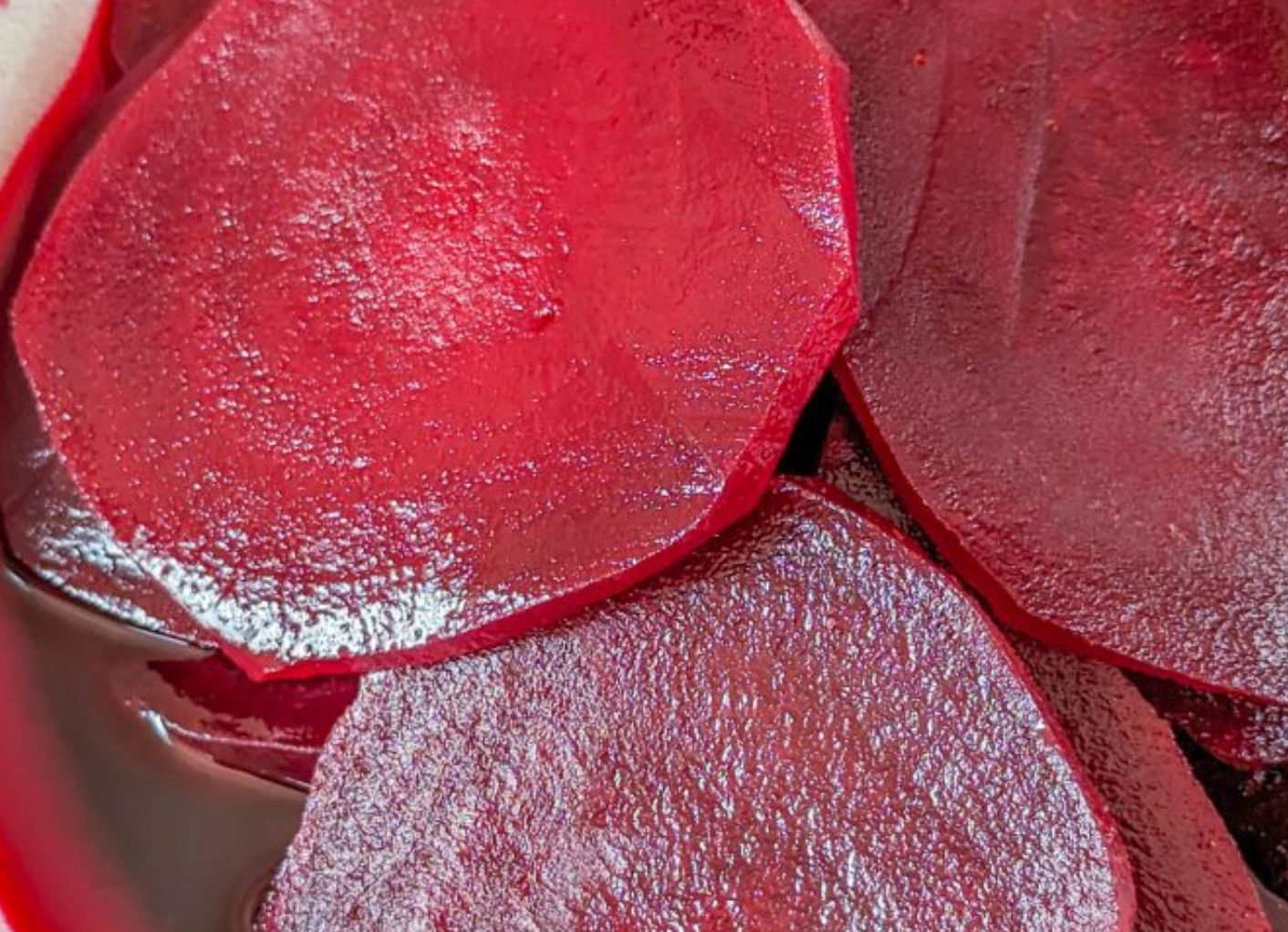Pickling is a traditional food preservation method that dates back thousands of years. It involves immersing food in a brine or vinegar solution, often with herbs, spices, and other flavorings, to extend its shelf life and enhance its flavor. Pickling not only preserves foods but also creates unique taste profiles that range from tangy and sweet to savory and spicy.
Benefits of Pickling
- Preservation: Pickling extends the shelf life of perishable foods like vegetables and fruits, making them available for consumption beyond their fresh state.
- Flavor Enhancement: The pickling process infuses foods with the flavors of spices, herbs, and vinegar, creating complex taste profiles that are both tangy and satisfying.
- Nutritional Value: While pickling slightly alters the nutritional content of foods, it retains many vitamins, minerals, and fiber, making pickled foods a nutritious addition to meals.
- Versatility: Pickled foods can be enjoyed as standalone snacks, side dishes, condiments, or ingredients in various recipes, adding depth and flavor.
Understanding Refrigerator Pickling
Refrigerator pickling, also known as quick pickling, is a simple and accessible method that doesn’t require the complex canning process. Instead, foods are pickled in a vinegar-based brine and stored in the refrigerator for short-term preservation. This method is ideal for those who want to enjoy homemade pickles without the commitment or equipment required for traditional canning.
How Refrigerator Pickling Works
Refrigerator pickling involves the following basic steps:
- Prepare the Ingredients:
- Wash and prepare the vegetables or fruits to be pickled. They should be sliced, diced, or left whole depending on your preference.
- Prepare the Brine:
- Heat vinegar (commonly apple cider vinegar or white vinegar), water, salt, sugar, and any desired spices or herbs in a saucepan until the sugar and salt dissolve.
- Pack and Seal:
- Place the prepared vegetables or fruits into clean, sterilized jars or containers. Pour the hot brine over the vegetables, ensuring they are fully submerged.
- Cool and Refrigerate:
- Allow the pickled vegetables to cool to room temperature before sealing the jars or containers with lids. Refrigerate for at least 24 hours before consuming to allow the flavors to develop.
Recipe for Refrigerator Pickled Beets
Ingredients:
- 4 peeled, sliced cooked beets
- 1 cup water
- 1 cup apple cider vinegar
- 5 black peppercorns
- 1 teaspoon salt
- 1/3 cup white sugar
- 1/4 teaspoon mustard powder
Instructions:
- Prepare the Beets: Ensure the beets are cooked and peeled. Slice them into thin rounds or wedges.
- Make the Pickling Liquid: In a saucepan, combine water, apple cider vinegar, black peppercorns, salt, sugar, and mustard powder. Bring to a boil, stirring until the sugar and salt dissolve.
- Pack the Beets: Place the sliced beets into clean, sterilized jars or containers.
- Pour the Pickling Liquid: Carefully pour the hot pickling liquid over the beets in the jars, ensuring they are fully submerged.
- Cool and Seal: Let the pickled beets cool to room temperature. Seal the jars or containers with lids.
- Refrigerate: Place the jars of pickled beets in the refrigerator for at least 24 hours before serving to allow the flavors to meld.
Serving Suggestions and Uses
Refrigerator pickled beets can be enjoyed in various ways:
- As a Side Dish: Serve pickled beets alongside sandwiches, burgers, or grilled meats.
- In Salads: Add pickled beets to green salads or grain bowls for a tangy twist.
- On Appetizer Platters: Pair pickled beets with cheese, crackers, and cured meats for a flavorful appetizer.
- In Sandwiches: Use pickled beets as a tasty addition to sandwiches and wraps.
Tips for Successful Refrigerator Pickling
- Use Fresh Produce: Choose fresh, firm vegetables or fruits for the best texture and flavor in your pickles.
- Sterilize Jars: Ensure jars or containers are thoroughly cleaned and sterilized before packing with pickled ingredients.
- Adjust Seasonings: Customize the pickling brine to your taste preferences by adjusting the amount of sugar, salt, vinegar, and spices.
- Allow Time to Develop Flavors: Refrigerator pickles benefit from resting in the brine for at least 24 hours before consuming to enhance flavors.
Variations of Refrigerator Pickled Beets
- Spicy Pickled Beets: Add red pepper flakes or sliced jalapeños to the pickling brine for a spicy kick.
- Herbed Pickled Beets: Infuse the brine with fresh herbs like dill, thyme, or rosemary for added flavor complexity.
- Sweet and Sour Pickled Beets: Adjust the ratio of sugar to vinegar in the brine to create a sweeter or tangier pickle.
Refrigerator pickling is a convenient and rewarding way to enjoy homemade pickled foods without the need for specialized canning equipment. By following simple steps and experimenting with different flavors and ingredients, you can create delicious pickled beets and other vegetables that enhance your meals with tangy, savory, or spicy notes. Whether as a standalone snack, side dish, or ingredient in recipes, refrigerator pickled beets add a burst of flavor and texture that elevate any dish they accompany. Experiment with the recipe and variations to discover your favorite pickled beet creation!
3.5






